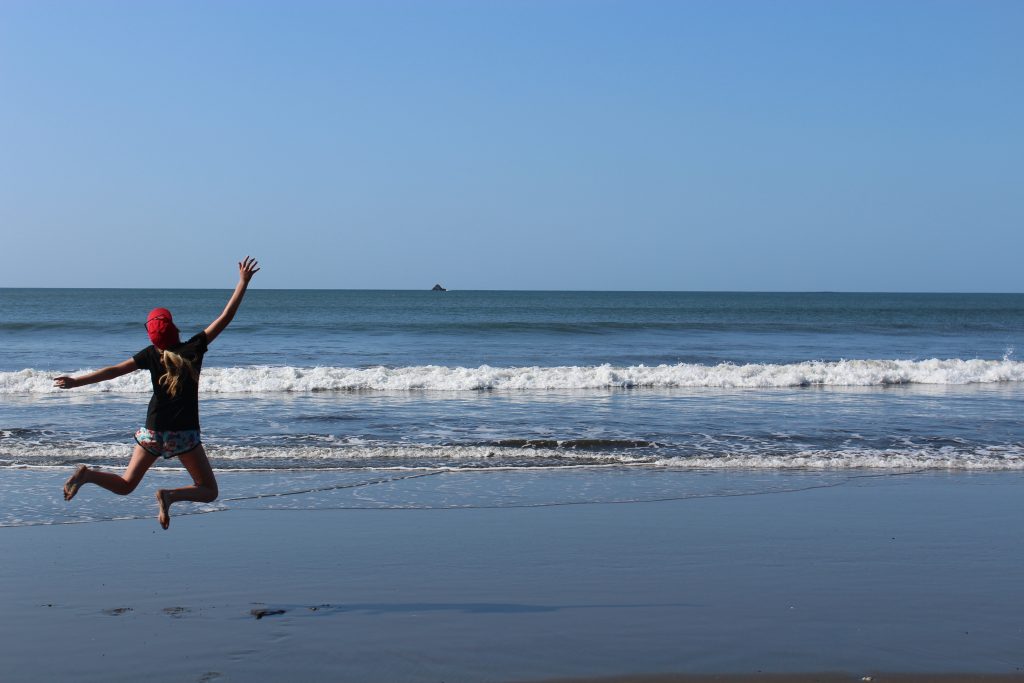
Coming back from Guna Yala we were dropped off at the airport in Panama City for a cross-country flight to David. David is the biggest city in western Panama and the gateway to the highlands around Volcan Baru, the tallest mountain in the country at just over 11,000 feet in elevation. Because we were all in need of a night of air-conditioning and a comfy bed, we opted for a room at the new business hotel near the David airport where we got a great deal on a family room with breakfast. Our birding guide had suggested that if we wanted a more Panamanian experience, we should go to the foothill town of Volcan on the western side of the volcano instead of the American expat haven of Boquete on the eastern side. We headed out in the morning!
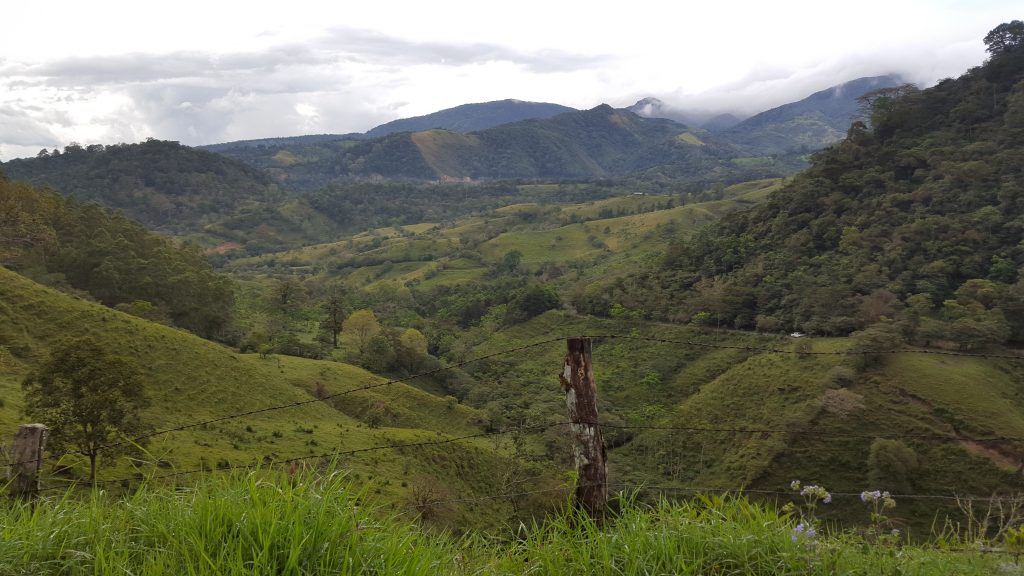
We could have gotten there by bus, but we rented a car to maximize freedom of movement and because we only had a couple of days in the area. My wife had found a screaming deal on a rental car, which turned out to be too good to be true. The original quote was for less than $15/day for an SUV. But the SUV turned out to be a Suzuki, way too small for four people even with relatively small packs and it didn’t include any insurance (which was highly recommended). In upgrading to a car that fit us with included insurance, the deal was not so sweet. But we did it anyway.
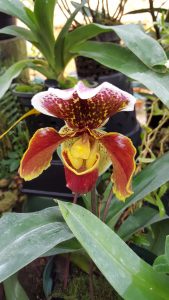
The town of Volcan is nestled in a surprisingly picturesque valley not far from the Costa Rican border. The town itself is not terribly unique or beautiful, other than it is at elevation (just less than 5,000 feet) and the temperatures are much cooler than at the beach. But it provides access to hiking the volcano, bird watching in La Amistad International Park, and learning about coffee cultivation at a nearby farm. We had no plans to summit the volcano, but we looked for forest birds and tasted amazing coffee. We also learned about orchids at Finca Dracula, held a pair of sloths at a wildlife rehabilitation center, and learned about the history of the local indigenous people at an archeological dig site. Without a car, we couldn’t have pulled that off in such a short time.
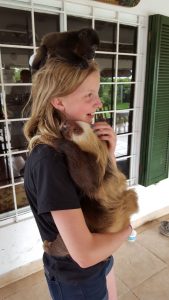
So after two nights at Hostal Victoria (507 771-5678) in Volcan, we moved to the Gran Hotel Nacional in David for a night, to get an early jump on the bus the next morning. In the classic 1950s hotel, we could feel the ghost of Marilyn Monroe out by the pool as Frank Sinatra sings in the nearby open-air lounge. The hotel is a little more expensive than the Victoria but well worth it. After returning the car to the airport, we spent the evening hanging out in style.

Our destination the next morning was Playa Banco on the southern end of the Sona peninsula. We were headed to the Coco Mango Lodge, our gateway to Coiba National Park on the Pacific side of Panama.
The journey started with a taxi ride to the bus station, where we caught a big comfortable bus for the three-hour drive to Santiago, which is partway back toward Panama City. There we had lunch and switched to a smaller, yet still air-conditioned bus for the two-hour trip to the town of Sona, the provincial center in the middle of the peninsula. In Sona, we got on the small local bus heading south. Open windows provided the ventilation. People got on and off frequently. Playa Banco was the end of the line. The bus driver and several concerned passengers asked us if anyone was meeting us in Playa Banco, worried that we might be heading to the wrong place. We (I mean my daughters) assured them all that we knew where we were going. About an hour before sunset, we finally arrived at the coast where a fisherman’s dock jutted out into the small bay. Bruno, the proprietor of Coco Mango, was indeed waiting.
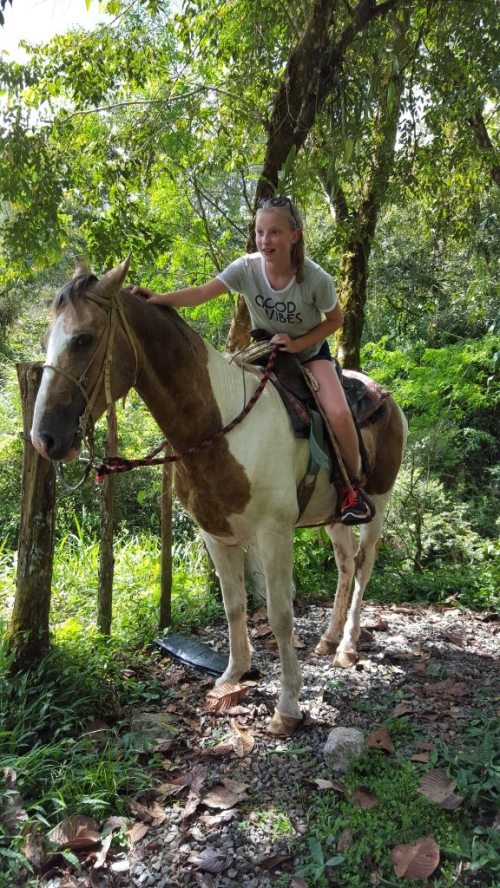
The boat ride to the Coco Mango beach was only about five minutes, but in that short time, Bruno mentioned something about tarantulas. Together with the fact that we could see no habitable structures from the boat, just a dilapidated palapa on the beach, our apprehension about what we had gotten ourselves into skyrocketed! But walking up the very fine dark sand beach and through the first row of palm trees, we discovered a little piece of paradise. There in the shade of a large thatched-roof restaurant was a tall, cold pitcher of freshly squeezed fruit juice, just waiting to sate our well-traveled thirst. A wooden bridge over a small creek led to a two-bedroom bungalow, with solar-powered ceiling fans and porch hammocks. A cold shower was just what I wanted after that last bus ride. The lodge has potable water from a spring in a neighboring hillside. Bruno asked us when we’d be hungry for dinner…
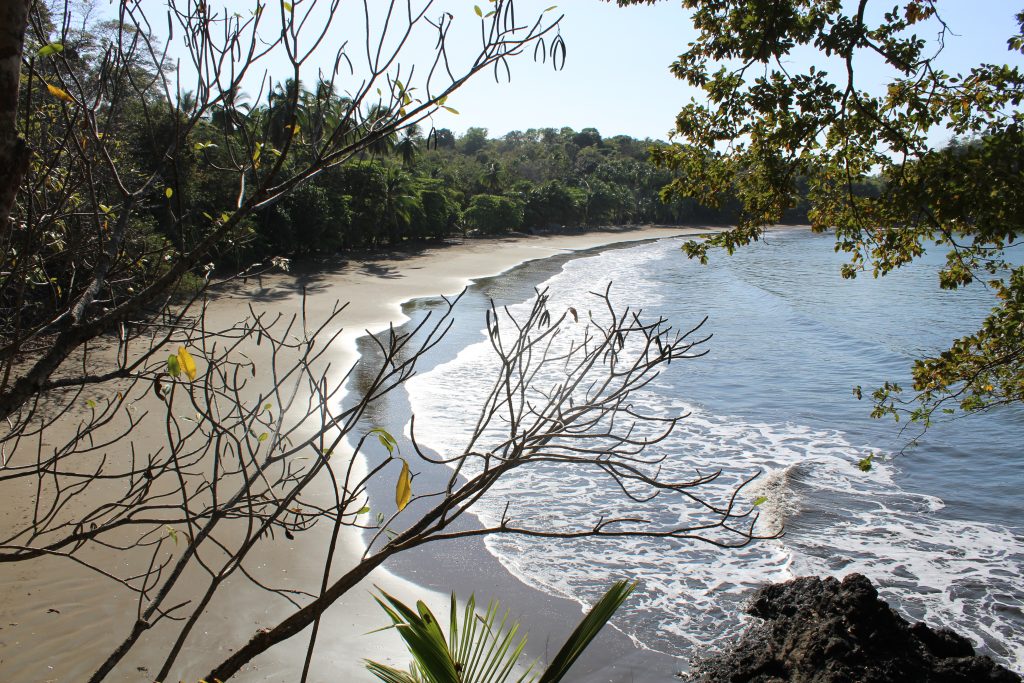
We were the only guests. Bruno had a couple of people helping out in the kitchen, and family in a neighboring bungalow. And there were a couple of dogs, some cats, and a horse. Otherwise, we had the beach to ourselves. And the deserted beach over the headland to the south. And the deserted beach over the headland to the north too. There were various boards (surf, boogie, paddle) to try in the water, and there was lots of time for the hammocks.
One morning, we were picked up on the beach by a Canadian snorkeling guide hired out of Santa Catalina, and his boat pilot. After a forty minute boat ride, we spent the day swimming around the reefs of three islands in Coiba National Park. Maybe the most awe-inspiring snorkeling I’ve ever experienced! We found shallow water reefs, sea turtles, warm water, and stunning visibility. Our first stop was at the park office on Coiba Island itself, where we paid an entrance fee and discovered iguanas on the beach, a small museum, and tales of the historic penal colony on the island, abandoned only in 2004. We picked up a young couple who had been camping on the island and headed to smaller neighboring islands to swim. Maybe the best day of our trip!
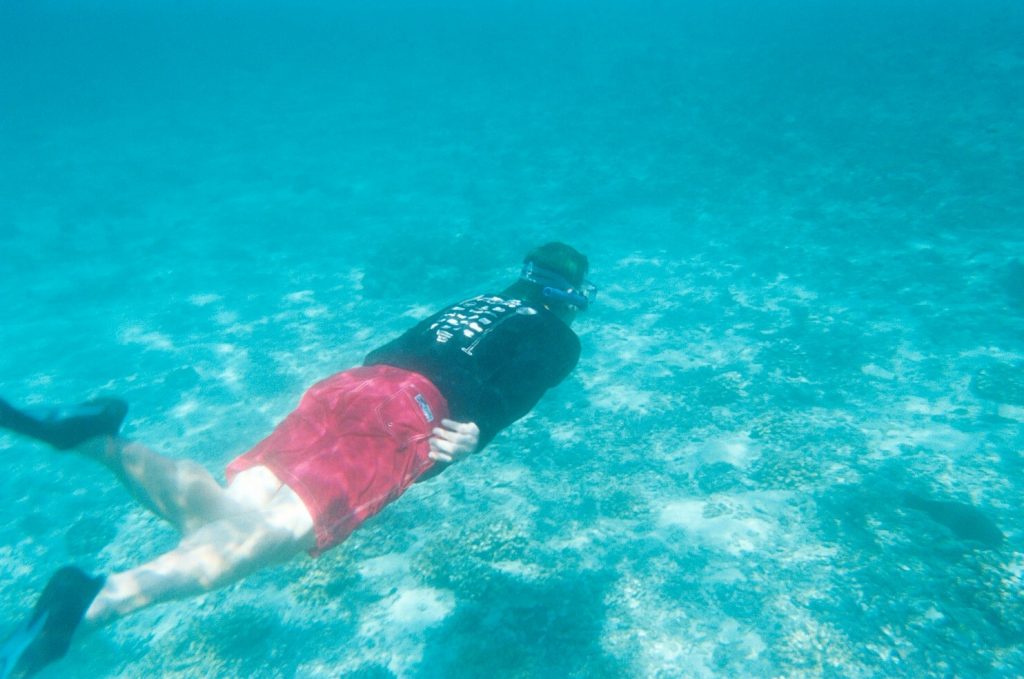
Back at Coco Mango, another couple had arrived and we had to share Bruno’s attention at meals. An effigy had been constructed of “the man” for the New Year’s ritual of burning the past year’s evil spirits. We had seen many of these scarecrows along the road from Santiago. After dark, but well before midnight (no one is still awake that late), the effigy was set alight. Wondrously, he had been stuffed with a generous amount of firecrackers! Bruno shared some champagne and Seco, Panama’s local hooch. So many stars to greet the new year.
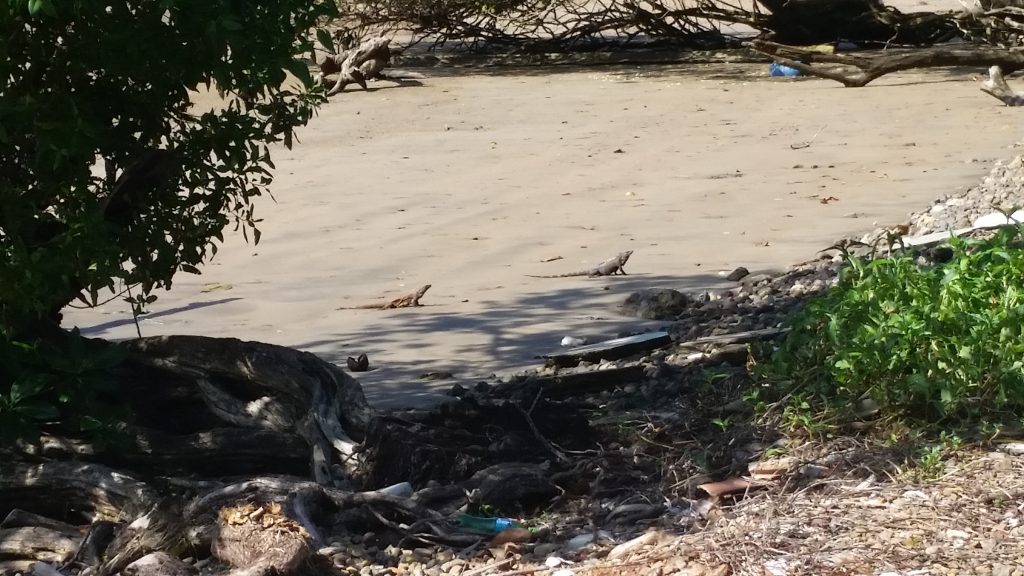
Despite the apprehension of our first Coco Mango sighting, none of us wanted to leave. We had enjoyed three nights of near-perfect tropical seclusion. The meals weren’t fancy but the food was tasty and varied (fish, chicken, pork) with a French twist. The beaches were indeed long and deserted. The dogs were friendly. The waves were fun. And always there was awesome fruit juice!
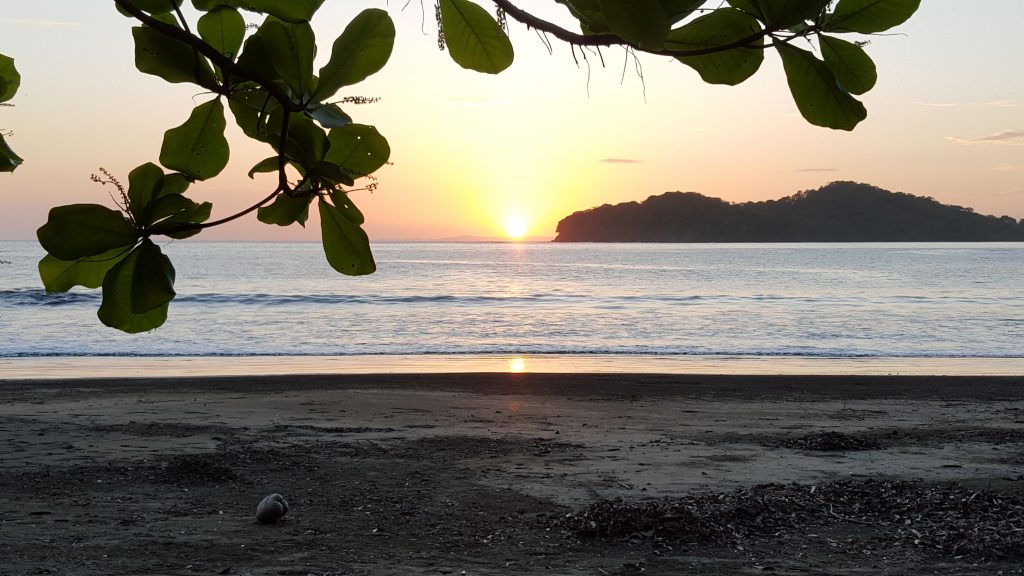
On the way back to the big city, we were able to get on a nice big bus direct out of Sona. It was another long bus day, our last one in Panama. From the bus station, we took a taxi to the hotel I’d reserved near the airport, to be well-positioned for our early morning flight home. Not wanting our last memory of Panama to be of that place, however, we caught an Uber back to Casco Viejo to have our last meal at our favorite restaurant from earlier in the trip, Tantalo.
Ironically, our flight from Denver back to Vancouver was diverted to Seattle because of frozen fog. That left our car stranded at the Vancouver airport. My younger daughter volunteered to accompany me on the chartered bus north as my wife and older daughter went home in a cab. We pulled into our favorite “Pink Palace” Hotel in White Rock, B.C., at 5 am. I think she just wanted another shot at Tim Horton’s.
Missed Part One? It’s here.

